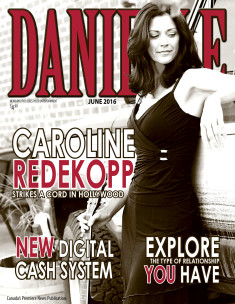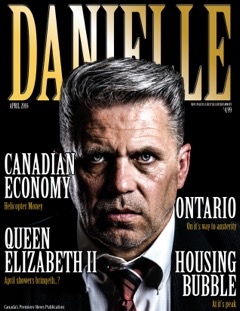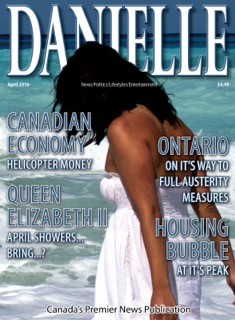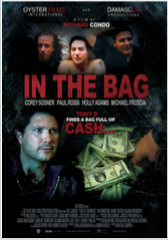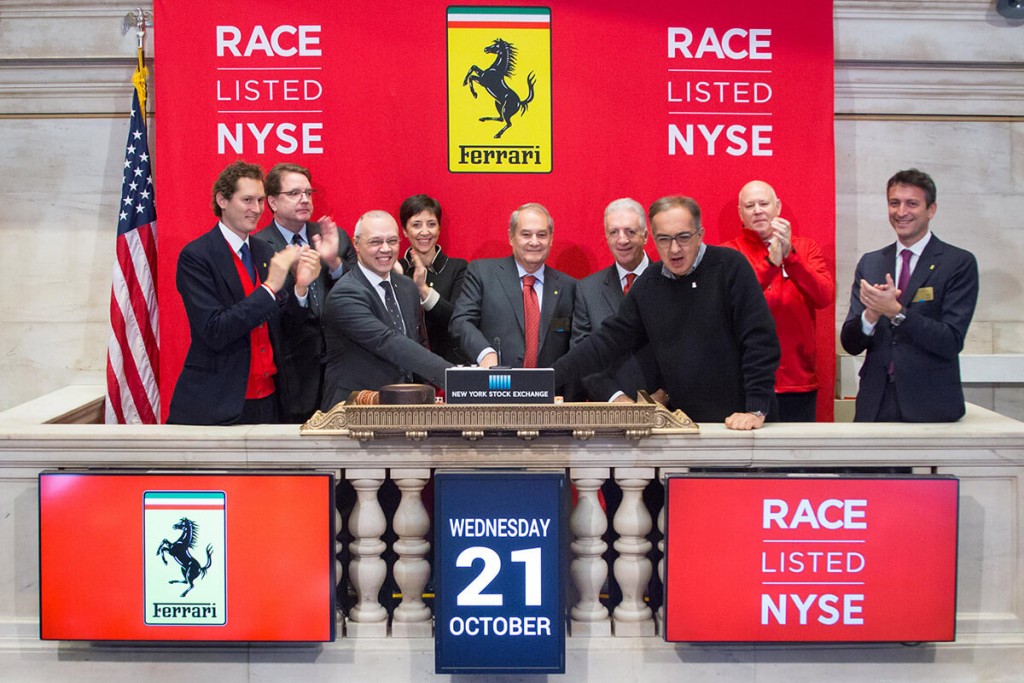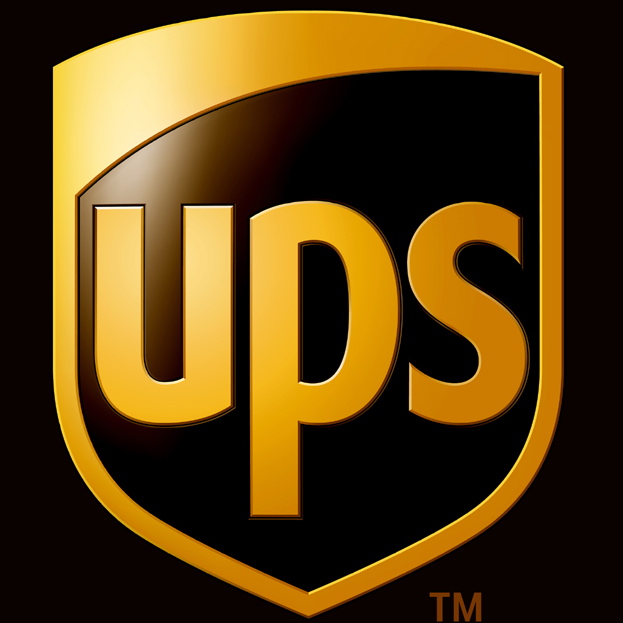The latest among people following the Ontario election is that Andrea Horwath is doing surprisingly well.
What that means is that the troops running the campaigns, or writing or tweeting or actually paying attention to the race, didn’t expect the New Democratic Party leader to be running as strongly as she is. Maybe they assumed Ontario voters — whose disaffection with Kathleen Wynne had relegated her to near-permanent status as Canada’s least popular premier — would learn to love her once the writ had been dropped. Or perhaps they took for granted — with ample justification — that the Progressive Conservatives would once again find a way to blow a commanding lead. They’d done it so often in the past, after all, and seemed well on their way to another inexplicable self-immolation when they picked the untried and easily-ignited Doug Ford as their leader.
In any case, Horwath is out there in her campaign bus, and is closing ground on the PCs. Even die-hard Liberal supporters appear resigned to the end of their 15-year run. Sympathizers in the press are writing perplexed obituaries, wondering how so many voters could have missed what wonderful things Wynne and her troops have accomplished. Is it because she’s a woman? Because she’s gay? Both are go-to salves for self-declared “progressives,” though they fail to explain why gay-hating misogynists would have given the premier a whomping majority in the first place. Did they only notice once she was in office?
If that’s the case, those same voters must have missed the fact that Horwath is also a woman. It would take some doing, given that she’s been leader of the NDP for nine years and is into her third election. The first two didn’t go so well. In her first outing, Horwath drew just under 23 per cent of the vote, a moderate gain on the previous leader but hardly an earthquake. In her second try she drew just under 24 per cent, increasing the NDP seat count by five. A mild improvement, though still relegating the party to third place.
The latest polls have her a few points either side of 30 per cent. It’s not that she’s upped her game so much, but she’s benefiting from estranged Liberals looking for an alternative. She’s also running a campaign that appears to have absorbed much from Justin Trudeau’s federal victory in 2015, without the giggling crowds or endless selfies.
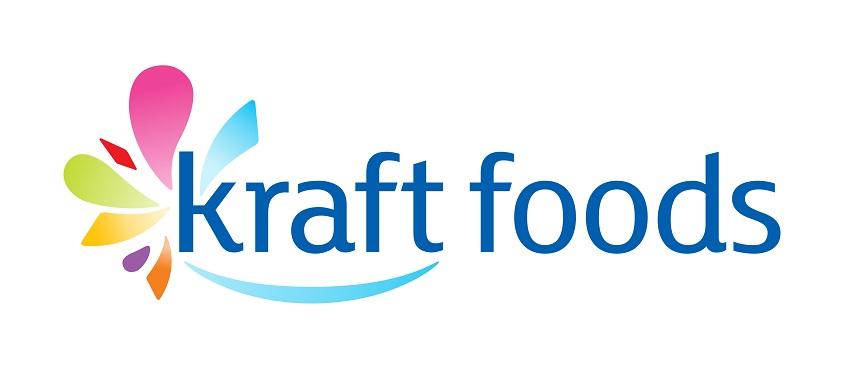
When Trudeau wasn’t posing, he layered the campaign trail with promises. Hundreds of them. He was going to reconcile with Canada’s restive First Nations. Lead a war on climate change. Introduce a new and fairer electoral process. Elevate Canada to the status it deserved on the international stage. Return integrity and respect to the parliamentary process. And so much more, all without breaking the bank. Sure there would be some small deficits for a year or two, but after that … balanced budgets and lower taxes, except for the rich, who would be asked to pay “their fair share.”
Horwath lacks Trudeau’s ability to excite a crowd, but has her own bottomless bag of promises. Rare is it to hear her disappoint a voter with a complaint to make, if all it takes is money to fix it. More hospitals, better schools, bigger benefits, lower electricity costs, improved transit, lots of hiring. And the cost? The Liberals having borrowed the province to such a state that even New Democrats recognize it can’t go on indefinitely, Horwath has been forced to find another source of ready cash that carefully avoids inflicting pain on the masses. Thus her program will all be funded by taxes on corporations and the rich, who will be asked to pay “a little more.”
Horwath’s case is that she has all the same spending impulses as Wynne, but isn’t as disliked or tainted by the past
The flaw in the plan is that taxing the rich doesn’t work. Never has. The provinces with the highest taxes on the rich are also the least prosperous. All of the Atlantic provinces — where the top tax rates range from 16.7 per cent in PEI (where the “rich” includes anyone earning over $64,000) to 21 per cent in Nova Scotia, on top of Ottawa’s 33 per cent top rate — fall into that camp. Quebec, which claims 26 per cent on income above $104,765 on top of Ottawa’s take — depends on $11 billion a year in equalization from Ottawa just to keep pace. There’s a reason Maritimers have for generations left home to head West, where the three westernmost provinces also have the lowest tax rates; it’s because they can get a good job and keep some of the money.
Ontario’s “rich” have already had three increases in five years, two by the Ontario Liberals and one by their federal cousins, yet the provincial budget remains curiously just as deeply in debt and still relying on annual deficits to meet expenditures. One of the two provincial hikes was forced on the government by Horwath during a period of minority rule, but its failure to produce many of the gains the NDP leader claims are available appears not to have registered. It did nothing to add to NDP credibility as financial managers that Horwath was forced to admit Friday the party made a $1.4 billion math error in calculating the costs of its platform — they added when they should have subtracted — then shrugged it off as a minor matter. “It will mean our deficit will take a little longer to eradicate,” she said of the mistake, which pushed the anticipated NDP deficit to within a couple billion of the planned Liberal shortfall.
The narrowing gap further reduces the differences between the two left-wing parties. Essentially, Horwath’s case is that she has all the same spending impulses as Wynne, but isn’t as disliked or tainted by the past. If her budget consists of fairy dust and rosy projections — the possibility of recession never enters the picture — so have recent federal projections and 15 years of Ontario Liberals. People are used to it.
They may not grow concerned until it’s far too late. That works to Horwath’s advantage. Just as it worked for Wynne’s until recently.



